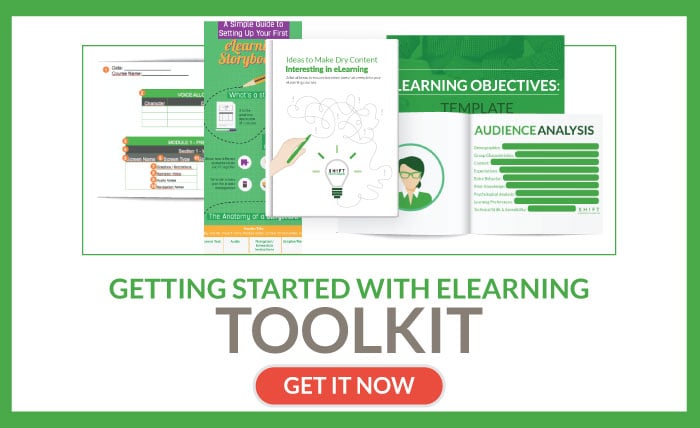In today’s fast-changing environment and fast-paced lifestyle, technology has continually enabled us to keep up. It made our daily activities faster and more efficient; trade and commerce more fluid; and communication easier despite distance, among other things.
However, technology’s greatest impact is on knowledge and information sharing, that with just a single click, the Internet can provide you with the data you are looking for. You need to share important documents to someone a hundred miles away in an instant? There’s e-mail. Sending over huge files? Not a problem with Airdrop, or WeTransfer, or Shareit.
Along with revolutionizing information sharing, technology has also affected the education process. Online courses are made available, enabling those interested to learn even outside the confines of a classroom, and without the full supervision of a professor.
Learning, as with many other aspects of our lives, is made easier by modern technology, giving it the infamous prefix “e-” to signify its inclusion to the roster of all things transformed by the Internet.
It cannot also be denied that the emergence of social media has pervaded our lifestyles immensely, influencing the way we define our interpersonal relationships, and connect with the world.
Social media anchors itself on the concepts of sharing and communities. We share status updates on Facebook to let our network know what’s on our mind; share photos on Instagram to show what happens in our lives, and what we do at the moment; share thoughts in 140 characters for a glimpse of how we think or what we say.
Social media platforms are perceived as good avenues for idea sharing and information transfer, given its conducive environment for distribution through the ‘Share’ button. Let us further examine how social media can be used in information dissemination and the learning process.
Youtube
YouTube’s greatest strength as an online learning resource is that it’s a free and easily accessible repository for videos.
Videos for educational purposes are said to have various pedagogical benefits, including improved thinking through visual clues, enhanced mastery learning, and increased student engagement
Instructors can easily select a video-recorded talk on a relevant topic to share with his class to make the lesson more fun and interesting. They can also upload their own video content, and create YouTube playlists depending on the topic.
The major advantage that Facebook has over other social media platforms is that it’s the most widely-used platform, with over two billion users daily. It is no surprise then that Facebook is home to a lot of communities, nurturing connections virtually.
Instructors can leverage on Facebook’s encouragement of a “community” vibe in reinforcing education and learning. He or she can create an open or closed group for his or her classes; upload course contents, assignments, and tests; share relevant links; and encourage online discussions and collaboration among his students. Read more: 7 Tips To Use Facebook Groups In eLearning
Facebook also offers an option to develop an application that will cater to your needs, while simultaneously integrating interactive features.
Pinterest’s search engine can yield thousands of educational materials from infographics to how to’s that your students can use as learning supplements.
Infographics cut down information into bite-sized data for easier mental digestion and better memory recall. Tutorials or how to’s can serve as the practical component of abstracts and theories, allowing learners to a hands-on experience of what they have learned.
Pinterest boards are helpful tools in organizing educational resource tools that you find online. Instead of losing time tracking down websites you’ve visited in the past, and filing bookmarked websites on a specific topic on your browser toolbar, all you have to do is Pin them into a board that houses all related data for a specific category. These Pinterest boards are also shareable, so encourage your students to share them with others.
Hashtags
Hashtags bring together publicly-posted and available materials (e.g. photos, videos, status, etc.) on a specific category across all social media platforms.
The advantage of using hashtags is that it makes easier for the user to search for various content. Whether it’s on Twitter, Instagram, or Facebook, public postings with # followed by a phrase or topic you have in mind will be shown to you.
In the Twitter platform, hashtags are also used for “meet and tweet,” where a group of people agree to meet virtually at a set time to discuss and exchange ideas via tweeting. Hashtags can be used to sort out messages tweeted or posted during the meeting time, allowing you to view them even after the discussion.
Google Docs
While Google Docs is not a social media platform per se, the software easily provides for collaboration, as it allows multiple user access to documents.
Group work will no longer be difficult. All you have to do is share the Google doc, and everyone with access can view, edit, and comment on the document simultaneously. You can also access it on mobile whenever you’re on the go.
iTalk
On days students would rather put more effort in listening to their instructor than in taking down notes, iTalk’s recording feature can certainly lend them fast help.
Students can keep up with the lecture and discussion by simply capturing on audio what their teachers say. That way, they can re-listen to the lesson whenever they want to; edit the audio clip to retain only the important points of discussion; and share them with their classmates.
These are but a few examples of how social media and technology can provide more user-friendly and intuitive methods in enhancing both the teaching and learning processes.
Laura Buckler is writer and contributor for https://essays.scholaradvisor.com/coursework/ . She has vast experience in social media, digital marketing and content writing. You can follow her on twitter.








